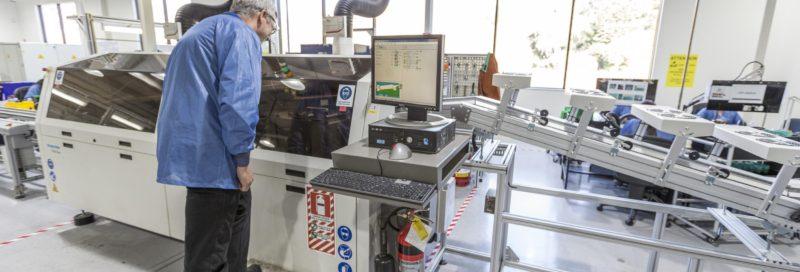Productivity and Wages
By Dieter Adam, Chief Executive NZMEA
At the first Leaders’ debate of the 2017 general election, productivity received some discussion, with the Prime Minister dismissing claims that productivity in New Zealand was low by comparison and not showing any signs of improvement. Following this, there was a number of quality pieces of work on the issue, specifically by Newsroom’s Bernard Hickey and ex RBNZ economist, Michael Riddell – you can see a summary of these articles on the NZMEA website.
Today I want to discuss some of the data they bought up and particularly focus on the core link between wages and productivity.
The debate referred to a recent JB Were report showing trends for GDP per person and GDP per hour worked, with the former growing at around 1% and the latter actually falling currently. The Prime Minister stated that, “JB Were are just wrong. They are way over-stating the case.”
 As other evidence of the problem, there was a recent OECD report, which we have discuss previously. This showed New Zealand’s flat to slightly negative labour productivity trend over the last 20 years, and at significantly lower levels than the United States and Australia.
As other evidence of the problem, there was a recent OECD report, which we have discuss previously. This showed New Zealand’s flat to slightly negative labour productivity trend over the last 20 years, and at significantly lower levels than the United States and Australia.
Michael Reddell posted a related graph on his blog, showing that in terms of real GDP per hour worked, from 2008 to around the end of 2012, we saw similar low but positive results as Australia. However, since around the start of 2013, New Zealand’s real GDP per hour worked has been flat, while Australia’s has continued to increase.
The other problem we face with low productivity growth is how much – or how little – room there is for wages to grow. As our manufacturing members well know, the core driver for what a business can afford to pay its staff is their productivity – producing more value for less is what allows wages to rise.
However, continued wage increases in the absence of rising productivity does add real cost and competitive pressures. In Reddell’s post, he showed a graph with real wages and productivity growth across all sectors of the economy – in the last 15 years, real wages have consistently grown somewhat faster than productivity (represented by average real GDP per hour worked).
Obviously, every business needs to keep investing in making their business more productive. Continuing lean processes and investing in better equipment (when it can be afforded) are always an indispensable path, and new technology, such as automation, 3Dprinting and networked manufacturing may offer more opportunities as they become more cost effective.
We believe, however, that Government must also play a role in creating settings that can push our economy down a more productive and high-value path.
While there are some initiatives that are helping, the data for our economy as a whole does not paint a pretty picture. Increasing productivity and supporting high-value businesses, such as manufacturing, need to be at the core of Governments economic thinking – focusing on filling skill gaps, boosting research and development and creating settings and support where companies can invest in equipment and processes that improve productivity.
It is interesting to compare wage growth in the public and private sector. CPI inflation is currently sitting at 1.7%, though obviously, the cost of housing has been increasing at a higher rate. Wage growth in the private sector is currently lower than this, at a bit over 1%, while in contrast, public sector wage growth is sitting at just over 4%. Average weekly wages in manufacturing increased 2.56% between Q2 2016 and Q2 2017 – we also often hear, anecdotally, of increased wage pressure in areas of skill shortages, as manufacturers face competition for talent, not only domestically but internationally.
Of particular concern in this context are recent moves by local councils to move to paying a so-called living wage. While the intent might be noble, and funding such increases not an issue – you can always raise rates if necessary – the signal sent by these moves are not at all helpful, as they suggest that there is a certain wage level that ought to be met, irrespective of increases in productivity. We need to do our best to point out in the public debate how wage levels and productivity are linked in the real economy.



